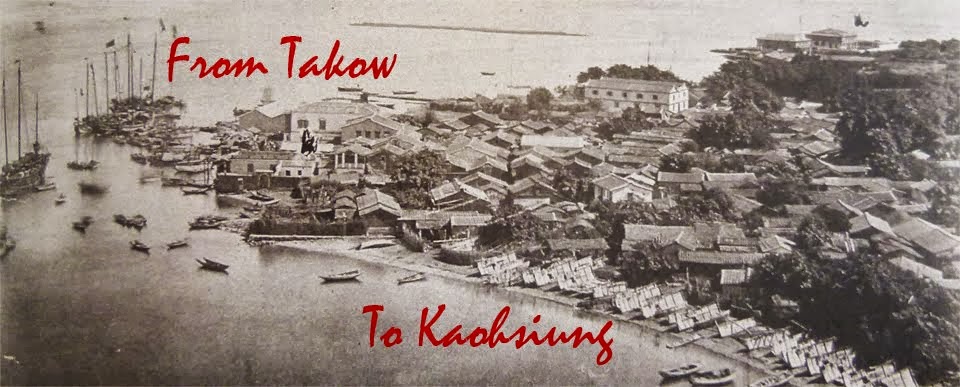 Sandiaojiao (三貂角; “Three Martens Cape”) is one of few place names in Taiwan deriving from European languages.
Sandiaojiao (三貂角; “Three Martens Cape”) is one of few place names in Taiwan deriving from European languages. In 1626, Spanish forces sailing from the Philippines landed near here, naming it Cape Santiago. (Predicting it would be difficult to defend, however, they moved further up the coast to Keelung, where they established a settlement Santissima Trinidad, and in 1629 built a second base called San Domingo in Danshui.)
Japanese forces also landed near here at Yanliao (鹽寮; “Salt Hut”), when they came to take possession of Taiwan in 1895 after being ceded the island as war booty at the Treaty of Shimonoseki.
Hoklo transliteration of Santiago (St. James) became 三貂角, while Basay aborigines native to the area continued to use their earlier name Kivanowan.
The lighthouse (三貂角燈塔) dates from 1935 during the Japanese rule, following wrecks in this area of two ships 撫順丸 and 華南丸 in 1929 and 1931 respectively.
c.f. .Fuguijiao (富貴角)
 Shicheng (石城里;“Stone City”) Neighborhood, the first village across the county boundary into Toucheng Township (頭城鎮) in Yilan County (宜蘭縣), is locally said to have been named after a Spanish Fortress built in stone here, southwest from Santiago Cape.
Shicheng (石城里;“Stone City”) Neighborhood, the first village across the county boundary into Toucheng Township (頭城鎮) in Yilan County (宜蘭縣), is locally said to have been named after a Spanish Fortress built in stone here, southwest from Santiago Cape.Sandiaoling (三貂嶺車站;“Santiago Peak”) Railway Station is on the Taipei-to-Yilan line nearby in Gongliao District.
Text and photos © Jiyue Publications 2011

No comments:
Post a Comment